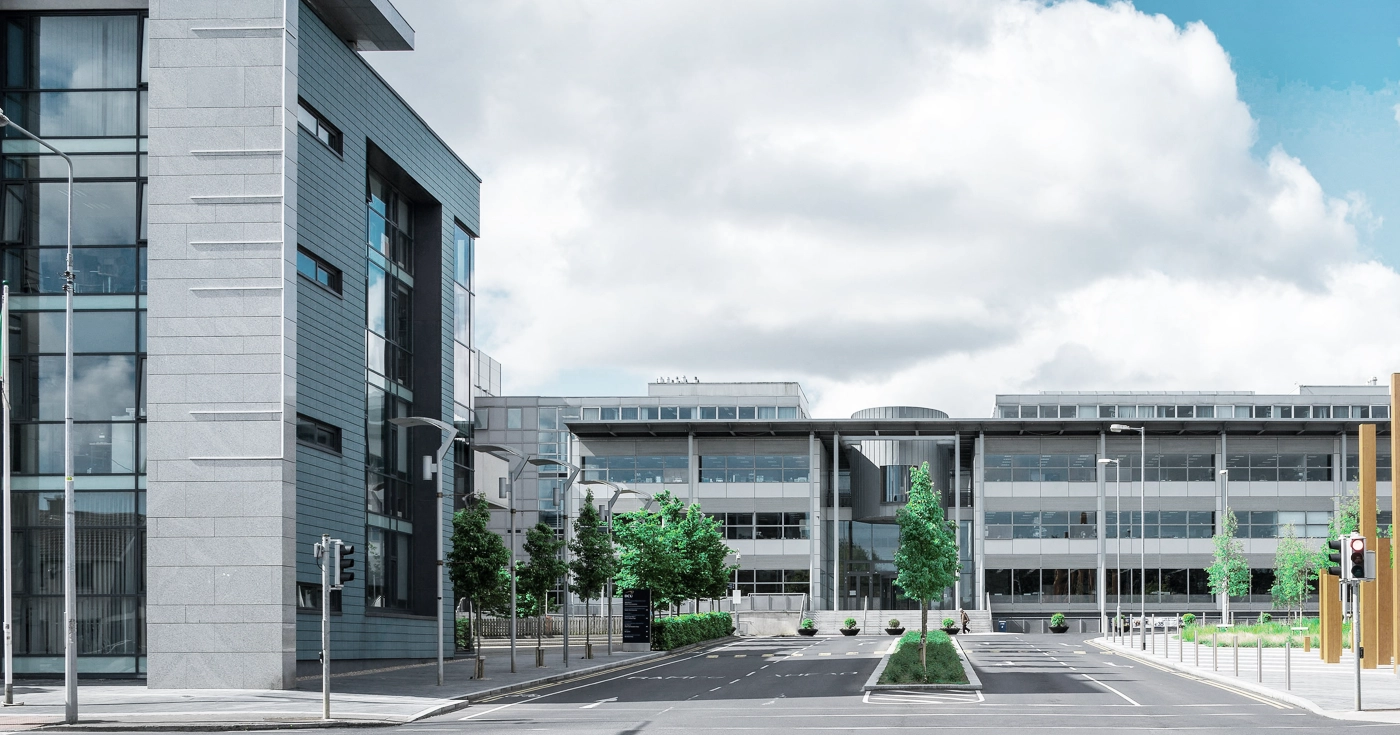
Why investment student residences is thriving
Last Updated on 31 May 2024 by Equipo Urbanitae
Real estate investment has traditionally been a safe and profitable strategy for many investors in Spain. Given the imbalance between supply and demand, housing appears as a logical path for investment in Spain. However, there is a niche that is gaining significant attention: investment in student residences. What makes it so attractive?
Real estate investment is currently doing well in Spain. According to Colliers, our country is the third largest destination for real estate investment in Europe, and the eighth in the world. Furthermore, Madrid climbs to third place in the European investor attractiveness ranking compiled by PwC and the Urban Land Institute. The capital is also a hotspot for luxury real estate investors. Now, the data also points to the attractiveness of the student residence sector.
According to CBRE, Spain leads Europe in investment in student residences. In 2023, our country accounted for 23% of the total with 416 million euros transacted, ahead of France and Italy. And not only that, but Spain was the largest recipient of investment in Europe during the period 2018-2022, with 24% of the total and more than 3.5 billion euros accumulated.
Why investment in student residences is growing
There are two factors that explain the rise in investment in PBSA (purpose-built student accommodation). The first is the increase in the student population. According to the most recent available data, the total number of students enrolled in the Spanish University System (SUE) was 1,722,247 in the 2022-23 academic year. Although modest, this figure represents a 1.4% increase compared to the previous year. For master’s programs, the increase in enrollments was 3.6%, with an accumulated growth of 61.7% since the 2015-16 academic year.
The other factor is the shortage of supply. Despite the increase in the student population, many university cities in Spain do not have enough student residences to meet the demand. Data from JLL indicate that, despite an 8.5% increase in bed supply in the last year, the student-to-bed ratio has dropped to 13, compared to 14 last year.
Reasons to invest in PBSA
In this context, it is not surprising that more and more operators are looking to our country to develop student residences. These assets usually have a high occupancy rate due to constant and recurring demand. Rental contracts are generally signed for an academic year, ensuring stable income for at least ten months a year. Additionally, rental rates can be higher compared to other forms of accommodation, due to the additional services offered, such as cleaning, security, sports facilities, and common areas.
Regarding returns, consulting firm JLL estimates prime yields at 5%, while in secondary locations, the yield is 5.35%.
Moreover, investing in student residences allows for diversification of the real estate portfolio. This type of investment is not as directly affected by fluctuations in the general real estate market, as the demand for student accommodation tends to remain high even during economic uncertainty. Diversification helps mitigate risks and stabilize overall portfolio returns.
In recent years, several Spanish cities have seen the successful development of student residences. For example, in Madrid and Barcelona, cities with some of the most prestigious universities in Spain, residences have been developed that have reached occupancy rates close to 100%. Investments in university cities like Salamanca, Valencia, and Seville have also shown promising results, highlighting the viability of this type of investment in different regions of the country.
In Seville, investment funds have expanded the current supply of beds to 7,200, representing an increase of 130% compared to 2020. In Valencia, some media outlets point to a boom in investment in student residences, while Medinvest and King Street have an investment plan in Spain of 250 million euros, with openings in Seville, Murcia, Madrid, Salamanca, and Granada.

